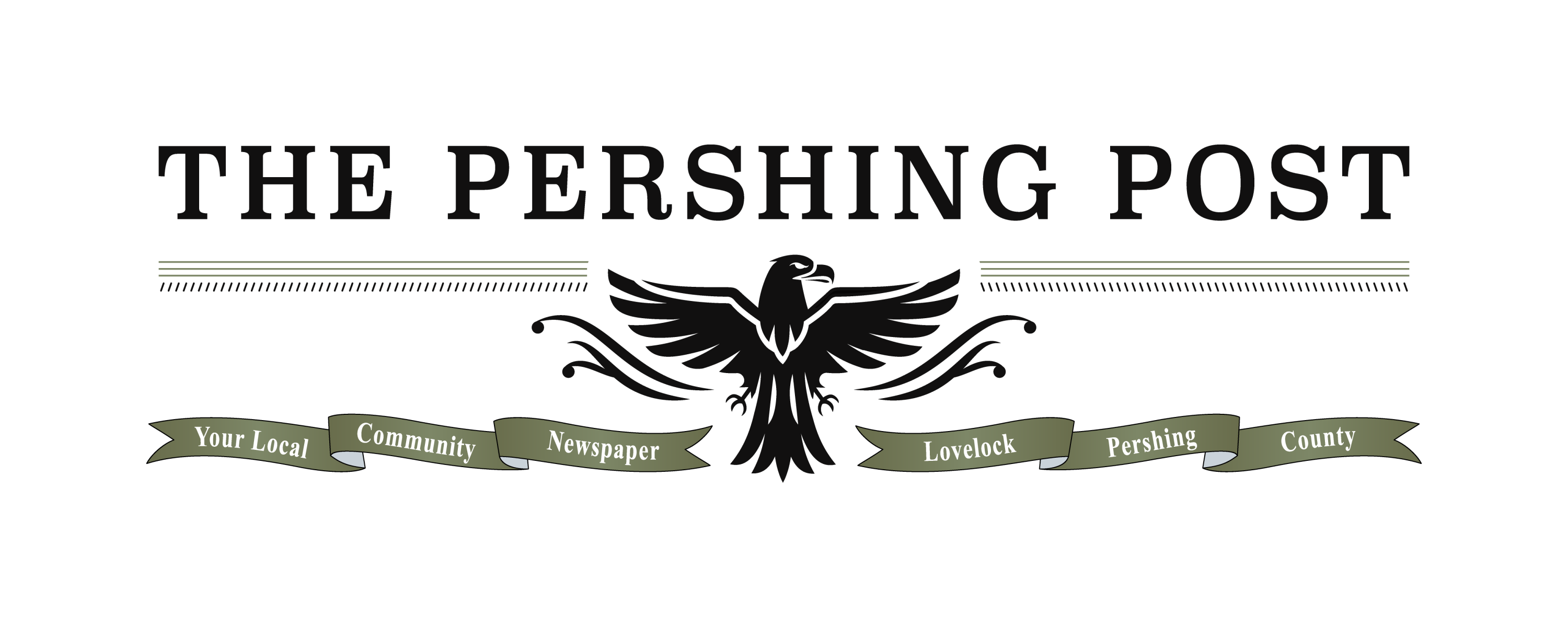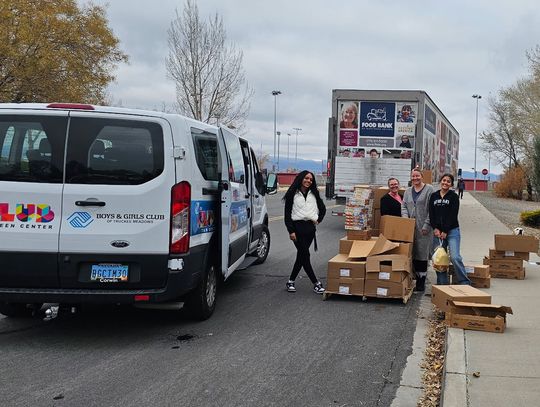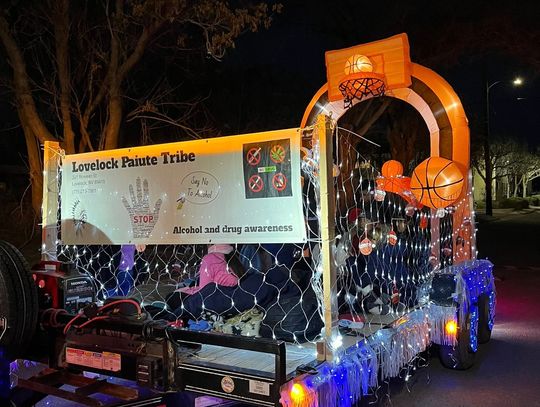After years of unreliable connections and slow speeds, Lovelock residents and businesses are
finally getting access to true fiber-optic internet — thanks to the persistence of a small, local
company that built it without a dime of public funding.
Lovelock Highspeed, a locally owned and operated provider, has nearly completed construction
of a citywide fiber network reaching every home and business in Lovelock. The new system
delivers speeds from 100 megabits per second up to 10 gigabits, with latency under 10
milliseconds — fast enough to support streaming, telemedicine, remote work, and modern
business operations.
“Our goal was always to improve what was already here,” said Erica Hopkins, business manager
for Lovelock Highspeed. “We’ve been rebuilding Lovelock’s network to modern fiber standards
while keeping disruption to a minimum.”
The team is made up of John Schmoker, Cameron Christenson, Gerald Whyte, and Hopkins, who
began the effort more than six years ago, privately funding the entire buildout. They’ve strung
fiber along existing utility poles, replaced aging copper lines, and built a robust local network
capable of competing with much larger telecommunications companies.
That independence, however, has come with challenges.
Hopkins explained that while the state’s Office of Science, Innovation, and Technology (OSIT)
has awarded millions in federal broadband grants to larger companies, Lovelock Highspeed’s
locally financed effort was overlooked — even after notifying the state that the project was
already underway.
“The first round of grants went to another company after we had already made significant
investments,” Hopkins said. “We were told to apply, but we were already fully self-funded for
Lovelock’s buildout.”
One of the companies previously awarded state and federal funds, Uprise Fiber, has since been
removed from the program after its owner was arrested and charged in connection with missing
grant funds, leaving rural counties like Pershing without the broadband expansion they were
promised.
Now, a new round of state broadband grants is again prioritizing large corporations, including
wireless and satellite providers, which Hopkins fears could leave small towns like Lovelock at a
disadvantage.
“Without community support, Lovelock could be left with wireless-only service, just as it was
before we started building,” she said.
Despite those challenges, Lovelock Highspeed plans to continue expanding. The company is
preparing to extend fiber service to nearby areas such as Humboldt River Ranch and Imlay, while
also deploying a new wireless network that can deliver speeds of up to 1 gigabit per second to
homes that fiber cannot economically reach.
“We’re here for the long haul,” Hopkins said. “We live and work in these same communities, and
our focus is building something reliable, sustainable, and local.”
Residents and businesses can learn more by visiting lovelockhighspeed.com, following Lovelock
Highspeed on Facebook, or contacting Erica or John at (775) 273-7000.









Comment
Comments